Mary in the Pacific
This article first appeared in Marist Messenger in November 1970. Professor Dunmore of Massey University had recently published a two-volume work, French Explorers of the Pacific. He recorded references to the Blessed Virgin that he had found during his research.
It is not always realised that the name of Mary has been associated with the Pacific in one form or another for four and a half centuries. This is due, in the main, to the efforts of Spanish, Portuguese and French explorers in this region and to their tradition of placing themselves under the Blessed Virgin’s protection.
Magellan, before embarking on the famous voyage across the Pacific through the Straits that bear his name, attended a solemn pre-departure service at the church of Santa Maria de la Victoria in Seville. The year was 1519.
The expedition of Quirós at the beginning of the seventeenth century was motivated to a large extent by devotion and a desire to bring Christianity to the isolated and little-known people of the Pacific. Consequently, a number of places which the travellers discovered bear the names of saints or of the Virgin - names chosen by Quirós himself, by some of his officers or by the Chaplain, Fray Martin de Munilla.
Among islands named after the Virgin, we have Nuestra Senora de Belen, (the island of Vanua Lava in the New Hebrides, now Vanuatu), probably so named after the shrine of Our Lady of Belen, protrectress of Navigators, a celebrated shrine in Lisbon where Vasco da Gama spent a vigil of prayer before he sailed on his voyage to India.
The relatively small island of Ureparapara was named Nuestra Senora del Pilar by Quirós, after another shrine in Spain, this time, at Saragossa; but Munilla himself named it after another shrine, Nuestra Senora de Montserrat which he knew Quirós had visited in May or June 1602.
A similar double name is found in connection with the island of Taumaco, which Quirós named Nuestra Senora del Socorro -- Our Lady of Help -- but which Munilla called Nuestra Senora de Loreto. Again, this was a shrine where Quirós had made a pilgrimage when he was in Europe in 1602. This shrine is in Italy, near Ancona, and Quirós remembered his pilgrimage so well that he built a chapel to our Lady of Loreto in the New Hebrides, although, admittedly, the word chapel may be a little grandiose to describe what was perhaps only a small hut.
The island of Gaua is still known as Santa Maria Island, although the Quiros expedition named it La Virgen Maria.
Not every explorer was fortunate enough to discover new islands to which a name with European associations could be given, but a considerable number of ships which sailed into the Pacific in the early days were named after the Virgin Mary.
Thus, in 1581, the Viceroy of the Philippines despatched the Nuestra Senora de la Cinta to Acapulco, on to Peru, and back to the Philippines. In the mid-eighteenth century the Nuestra Senora de la Encanacion was trading in Peru and Chile and across to China, and at the end of the same century Manuel Zipiani was exploring the northern Pacific in the Nuestra Senora del Pilar.
The French, who made their appearance in the Pacific in the early years of the eighteenth century, sent ships similarly placed under the Virgin’s protection: the Notre-Dame de la Délivrance, the Notre-Dame de Lorette, the Notre-Dame de l’Incarnacion, and a number of others which reflect the same popularity of shrines and names which we note in the Spanish ships.
In the nineteenth century, Catholic priests endeavouring to establish a foothold in Hawaii, in the face of fierce opposition, travelled in a schooner called Notre-Dame de la Paix.
Examples of this kind could be multiplied, and it should be remembered that we are speaking of the pre-missionary period, of a time when it was normal for shipowners and sailors to link their faith with their commercial enterprises and to place themselves openly under the protection of Mary.
This attitude is reflected in a number of journals and logs of the time. The first officer of the Saint-Jean Baptiste -- incidentally the only ship named after a saint to come to New Zealand for almost half a century -- started his journal of that long voyage in 1769 by placing himself under the protection of God and the Virgin Mary.
It is little wonder, really, that when the Society of Mary was founded, its missionaries should have turned their eyes towards the islands of the Pacific. The Pacific had been waiting for them.

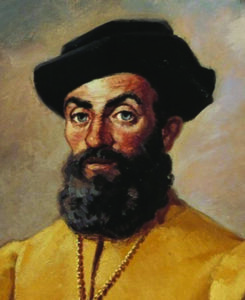
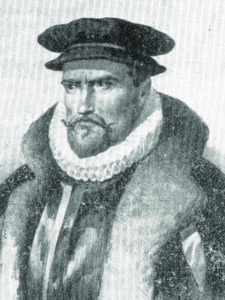
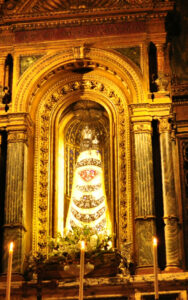
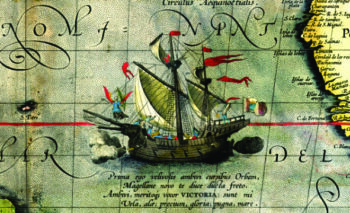
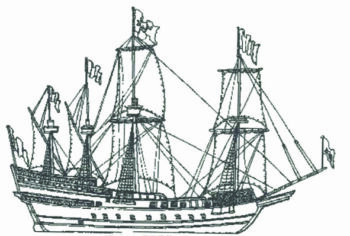
 Entries(RSS)
Entries(RSS)